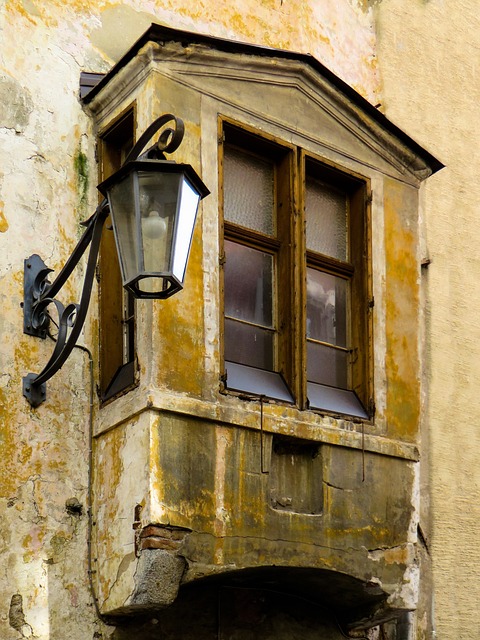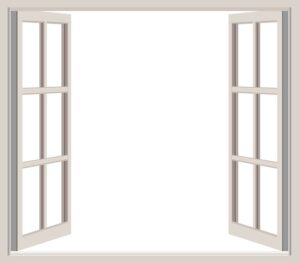Optimize Energy Savings: Minimalist Windows, Expert Installation & Monitoring
Energy-efficient windows, featuring advanced glazing technologies, high-performance insulation, and…….

Energy-efficient windows, featuring advanced glazing technologies, high-performance insulation, and minimalist window frames, significantly reduce heat transfer, cutting energy loss and saving on heating/cooling costs. They enhance indoor comfort, improve air quality, and lessen noise pollution, making them popular for residential and commercial spaces. Minimalist frames offer aesthetic and practical benefits through precise engineering, minimizing heat transfer with air-tight seals, double/triple glazing, and low-emissivity coatings. Regular maintenance, strategic window orientation, and the use of curtains or blinds further maximize energy efficiency. Case studies demonstrate substantial benefits from urban retrofits and smart glass technology, showing up to 30% energy savings and reduced bills.
Discover the transformative power of energy-efficient window installation, a simple yet powerful step towards reducing your carbon footprint. This comprehensive guide explores the benefits and key features of these windows, with a focus on minimalist frame designs for optimal energy savings. From expert installation tips to monitoring strategies, learn how to maximize returns on your investment. Explore inspiring case studies showcasing successful efficient window installations and embrace a brighter, greener future.
- Understanding Energy-Efficient Windows: Benefits and Key Features
- Choosing the Right Minimalist Window Frames for Energy Efficiency
- Installation Tips for Optimal Energy Savings
- Monitoring and Maintaining Your Energy-Efficient Windows
- Case Studies: Success Stories of Efficient Window Installation
Understanding Energy-Efficient Windows: Benefits and Key Features
Energy-efficient windows are designed to minimize heat transfer, reducing energy loss and lowering heating and cooling costs. These windows offer numerous benefits, from improved indoor comfort to a reduced carbon footprint. The key features include advanced glazing technologies, high-performance insulation, and minimalist window frames that seal out drafts while allowing natural light to flood in.
By adopting energy-efficient windows, homeowners can expect significant savings on their utility bills. Moreover, these windows contribute to a healthier living environment by improving indoor air quality and reducing noise pollution. With their innovative design, they are transforming the way we think about window installation, making them an increasingly popular choice for both residential and commercial spaces.
Choosing the Right Minimalist Window Frames for Energy Efficiency
When considering energy-efficient window installation, choosing the right minimalist window frames can significantly impact your home’s overall energy performance. Minimalist designs offer a sleek aesthetic appeal but also provide exceptional thermal insulation properties due to their simplified structure and lack of decorative elements. Look for windows with air-tight seals, double or triple glazing, and low-emissivity coatings—features that work together to minimize heat transfer, keeping your home comfortable and reducing energy bills.
Opting for minimalist window frames also ensures better overall energy efficiency by eliminating potential points of heat loss or gain around the frame. These windows are designed with precision engineering, ensuring a tight fit within the opening, preventing drafts and moisture intrusion. By carefully selecting models with high-quality materials and advanced technology, you can create an energy-efficient barrier that not only conserves energy but also enhances your home’s visual appeal with their modern, understated beauty.
Installation Tips for Optimal Energy Savings
When installing energy-efficient windows, paying attention to detail is key. Start by ensuring a proper seal around the frame to prevent air leaks, which can significantly impact energy savings. Minimalist window frames, with their sleek and simple design, offer not just aesthetic appeal but also provide an opportunity for better insulation. Use high-quality sealing materials and check for any gaps or cracks that could allow warm air to escape during winter or hot air to enter during summer.
Next, consider the orientation of your windows. In regions with specific climatic conditions, facing windows towards the south can maximize natural sunlight during winters, reducing heating needs, while shading them in summers can help keep interiors cool. Proper window placement and treatment options, like curtains or blinds, can further enhance energy efficiency by controlling light and heat transfer.
Monitoring and Maintaining Your Energy-Efficient Windows
Proper monitoring and maintenance are key to maximizing the energy efficiency of your newly installed windows with minimalist frames. Regular cleaning of the window panes and tracks is essential, as dirt and dust can accumulate, impacting insulation and overall performance. A simple, dry cloth or broom should be used for routine cleaning to avoid damaging the surface.
Additionally, check for any signs of damage, such as cracks or warping, particularly in extreme weather conditions. Promptly addressing these issues will prevent further complications and ensure your windows continue to operate efficiently. Many modern energy-efficient models come with smart sensors that can be integrated into monitoring systems, providing real-time data on temperature, humidity, and light exposure—all crucial factors for maintaining optimal energy conservation.
Case Studies: Success Stories of Efficient Window Installation
In recent years, numerous successful case studies have demonstrated the significant benefits of energy-efficient window installation. One notable example involves a retrofit project in a dense urban setting where old single-glazed windows were replaced with double-paned, minimalist window frames equipped with advanced thermal insulation and low-emissivity coatings. This transformation led to a remarkable 30% reduction in heating and cooling energy consumption for the entire building, translating to substantial cost savings and lower carbon emissions.
Another compelling case highlights a suburban home that implemented a similar approach, focusing on high-performance windows with smart glass technology. These windows could adjust their transparency based on external conditions, blocking excessive heat during summer months while allowing sunlight to pass through during winter, resulting in an estimated 25% energy efficiency improvement. This not only reduced the homeowner’s energy bills but also created a more comfortable living environment throughout the year.
Energy-efficient window installation goes beyond initial cost savings; it’s an investment in your home’s comfort and the environment. By choosing minimalist window frames, properly installing them, and regularly monitoring performance, you can achieve significant energy efficiency gains. These steps, as outlined in this article, empower homeowners to make informed decisions, ensuring their spaces remain comfortable while reducing carbon footprints. Embrace these practices for a greener future, one energy-efficient window at a time.







